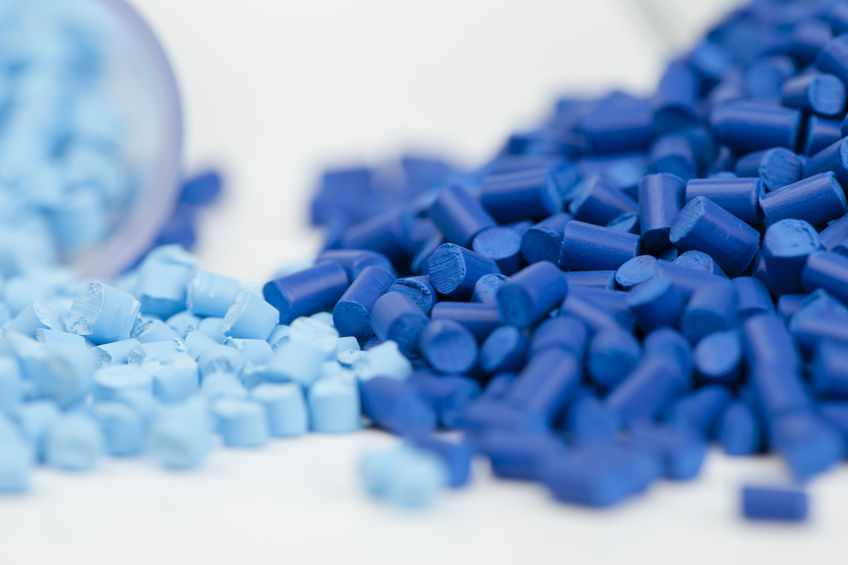Injection molding is a very common process with a fairly complex nature. Responsible for the creation of astonishing amounts of different products, it is one of the most reliable methods of manufacturing at large scales with efficiency and accuracy. Achieving such high-level precision requires multiple steps taking place simultaneously, but the overall process can be summed up in three general steps: Ideation, Mold Creation, and Manufacturing.
Ideation
The first step for every product is design. This step is critical, in that it both establishes what the product will be, as well as prevents several pitfalls before they have had a chance to happen later on in the process. Highly-trained engineers set about drafting the design for a potential product or part with several key factors in mind — function, form (aesthetic), assembly, manufacturability, ease of maintenance, the life of the mold, etc. The actual mold for the part is constructed in a CAD software — CADKEY® and SolidWorks at Hansen Plastics — to create a 3D rendering which allows the engineers to set the specific uniform thickness of the part, to gradually transition from one thickness to another, to plan for shrink rate, and to find solutions to accommodate the complexity of the part, all with the goal of creating a mold that will consistently produce a part with minimal to no defects.
Mold Creation
Once the design is finalized, and a prototype of the design has been created and tested, the actual mold for the part needs to be manufactured. Generally made of aluminum or steel, the mold is made to incorporate where the thermoplastic material will actually inject to create the product (i.e. gates). Depending on the material, and the product design itself, the gates may need to be adjusted to direct material to evenly fill the mold, avoid shrinkage, and reduce the sight of vestiges. Engineers also need to be mindful of how the part will be ejected from the mold, designing the mold for the proper draft to avoid the product or part becoming stuck, or slowing down production. Once all aspects have been taken into consideration and applied, the mold is manufactured by skilled Toolmakers using a wide variety of machining processes.
Manufacturing
Once the design, prototype, and mold have been approved and passed, then it’s on the actual injection process.
In general, the injection process works by feeding the desired injection material, in granules, through a hopper to be heated in a heat barrel. Once the material reaches the desired temperature, it is injected through the gates of the mold until the mold is filled and pressure applied until it’s determined that the mold is set, and the cooling process can begin. Once cooled, the pressure is released, and the mold opens, and the part is ejected, to be inspected and finished as necessary.
At Hansen Plastics, the process engineers use a process known as Decoupled MoldingSM, wherein pressure sensors are placed within the mold to read and control various aspects of the molding process as it takes place, namely the pressure, shrinkage, and dimensions. This allows for a precisely calibrated the molding process to ensure the product is manufactured without defects.
Making sure each of these steps is completed in concert, the team at Hansen Plastics is fully capable of performing many of the tasks in the injection molding project cycle in-house, and we pride ourselves on being able to offer such a robust, full-service experience to our customers. For over 40 years, Hansen Plastics has been committed to building long-lasting relationships, which requires unwavering dedication to quality and consistency in injection molding, to help establish and retain trust with all HPC customers. If you are looking for a trusted, experienced plastic injection molder to handle your products, reach out to HPC today, or visit HansenPlastics.com for a full view of Hansen Plastic’s capabilities.



